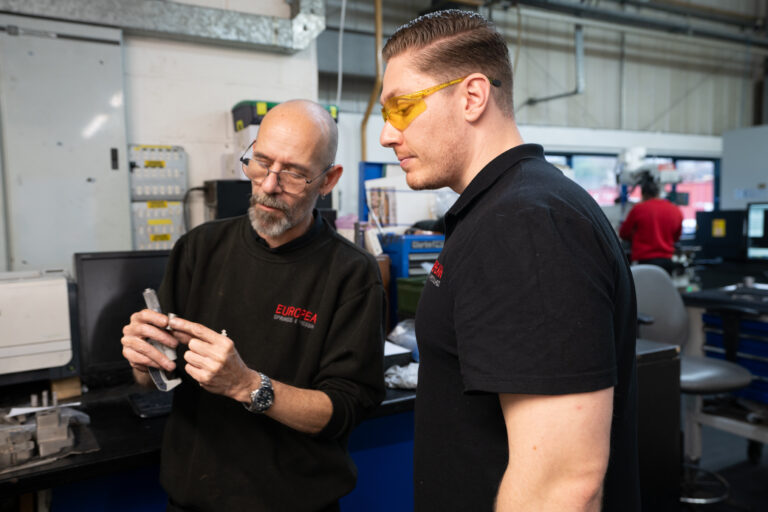The Robotic Rights Act: Should Robots Have Rights?
21/09/2015 We seem to be a step closer to Skynet with every new development in artificial intelligence. We’ve spoke previously
Home › News & Updates › Page 34
21/09/2015 We seem to be a step closer to Skynet with every new development in artificial intelligence. We’ve spoke previously

17/09/2015 At European Springs we feel it paramount to keep on top of all areas of innovation when it comes
14/09/2015 The Royal Academy of Engineering’s Enterprise Hub has invited four young budding entrepreneurs to join their team. They were
10/09/2015 The mesmerising Japanese art form has become one of the main influences for new engineered structures which are able
07/09/2015 From the robotic hotel to robots reproducing, we've been feeling a definite theme for all things made of metal
28/08/2015 At European Springs we are purveyors in all things spring manufacturing, and whilst everything from our gas springs to
24/08/2015 With a number of advancements in robotic technology, it’s only logical that the next step could take us into
24/08/2015 There are many devices we use on a daily basis which we take for granted. From our beds to
21/08/2015 It may seem like the stuff of Hollywood legend, but with so many advancements in robotic technology, you can

And even if we don’t have exactly the tool we need, European Springs’ in house technology enables us rapidly to design and make complex tools, allowing us to offer more competitive prices.



© Copyright 2025 | European Springs
Designed, Promoted and Powered by SQ Digital